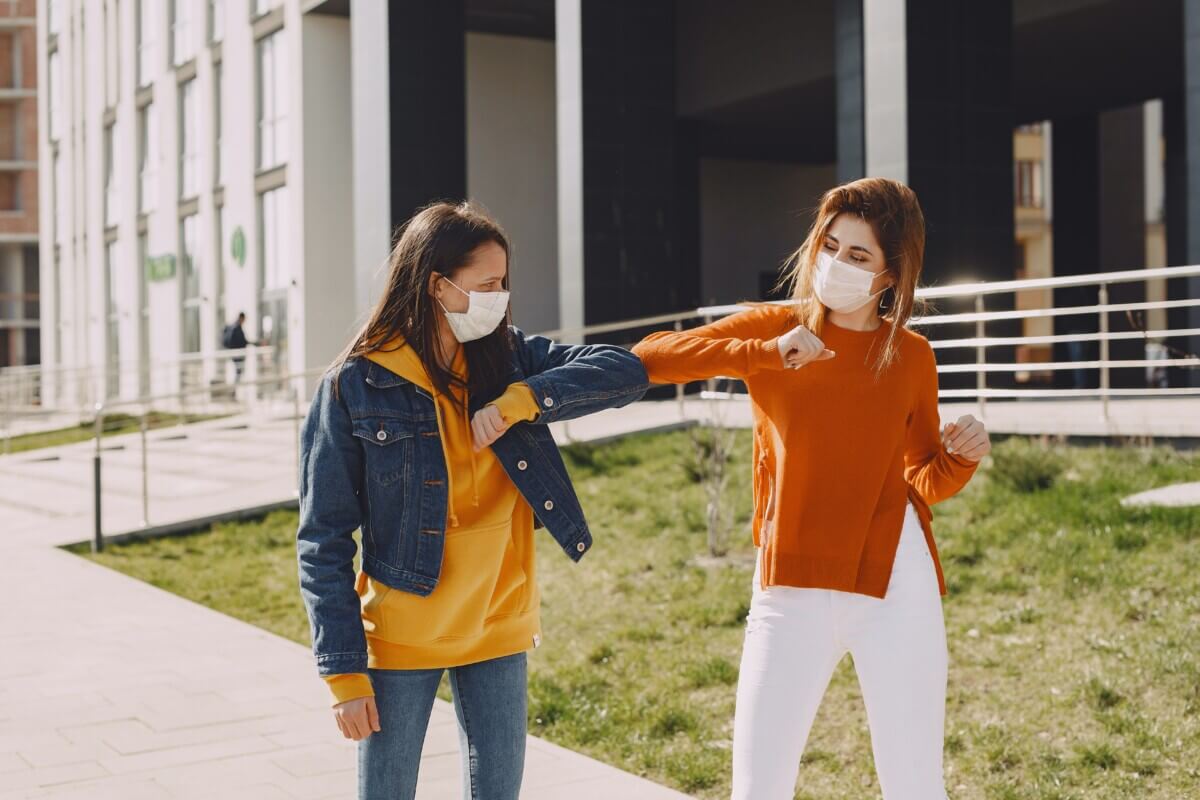
Photo by Gustavo Fring from Pexels
WASHINGTON — For months, health officials have said the best way to beat the coronavirus pandemic is to wear a face covering. Unfortunately, masks alone won't stop the spread of COVID-19, according to a new study just released by the American Institute of Physics.
A team of researchers tested the viral-droplet stopping efficiency of five distinct mask materials in the event of a sneeze or cough. While all five materials proved effective at dramatically reducing the number of droplets reaching the air and traveling over six feet, the story is quite different for smaller distances. For distances under six feet, the results reveal enough viral droplets made their way into the air through several tested masks and could potentially infect others.
“A mask definitely helps, but if the people are very close to each other, there is still a chance of spreading or contracting the virus,” says study co-author Krishna Kota, an associate professor at New Mexico State University, in a media release. “It's not just masks that will help. It's both the masks and distancing.”
Study authors created a machine for this research that uses an air generator to recreate a human cough or sneeze. That generator blows tiny liquid particles (stand-ins for real life viral particles) through laser sheets in an airtight square tube with a camera.
Even a single droplet can cause COVID
The five masks in the experiment include a medical-grade N95 mask, a two-layer cloth mask, a wet two-layer cloth mask, a surgical mask, and a regular cloth mask.
Generally, researchers find all five materials are effective at capturing most of the droplets. Some did better than others, though. For example, the regular cloth mask allowed 3.6 percent of the droplets to pass by, while the N95 mask statistically blocked 100 percent of the droplets.
While all that sounds great, at short distances even one percent or 0.35 percent of a viral droplet is all it takes to contract COVID-19. Researchers say it's especially risky if the nearby person with COVID-19 is coughing and sneezing over and over again.
For reference, a single sneeze can produce roughly 200 million tiny virus particles.
“Without a face mask, it is almost certain that many foreign droplets will transfer to the susceptible person,” Kota adds. “Wearing a mask will offer substantial, but not complete, protection to a susceptible person by decreasing the number of foreign airborne sneeze and cough droplets that would otherwise enter the person without the mask. Consideration must be given to minimize or avoid close face-to-face or frontal human interactions, if possible.”
Beyond these findings, there are also a number of other factors that can render masks even more ineffective. Study authors focused on face masks being worn properly, meaning the dangers are even higher when people wear their masks carelessly and don't cover the nose.
The study is published in Physics of Fluids.










